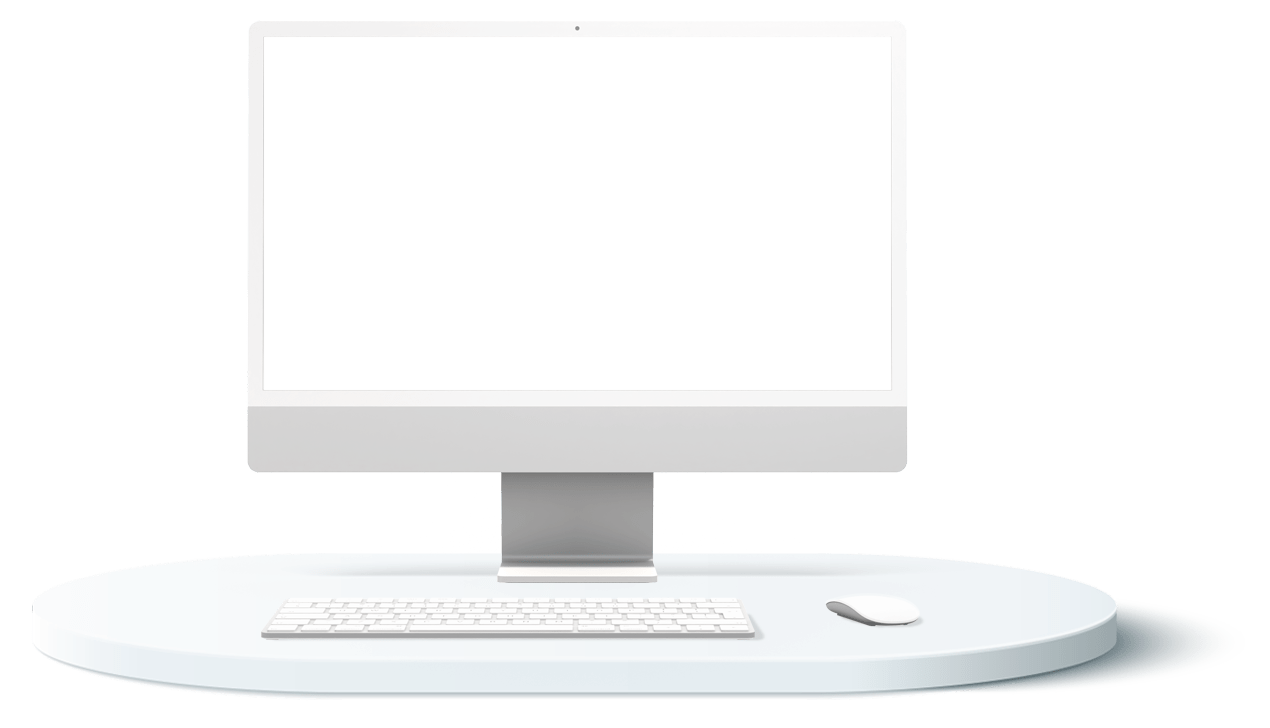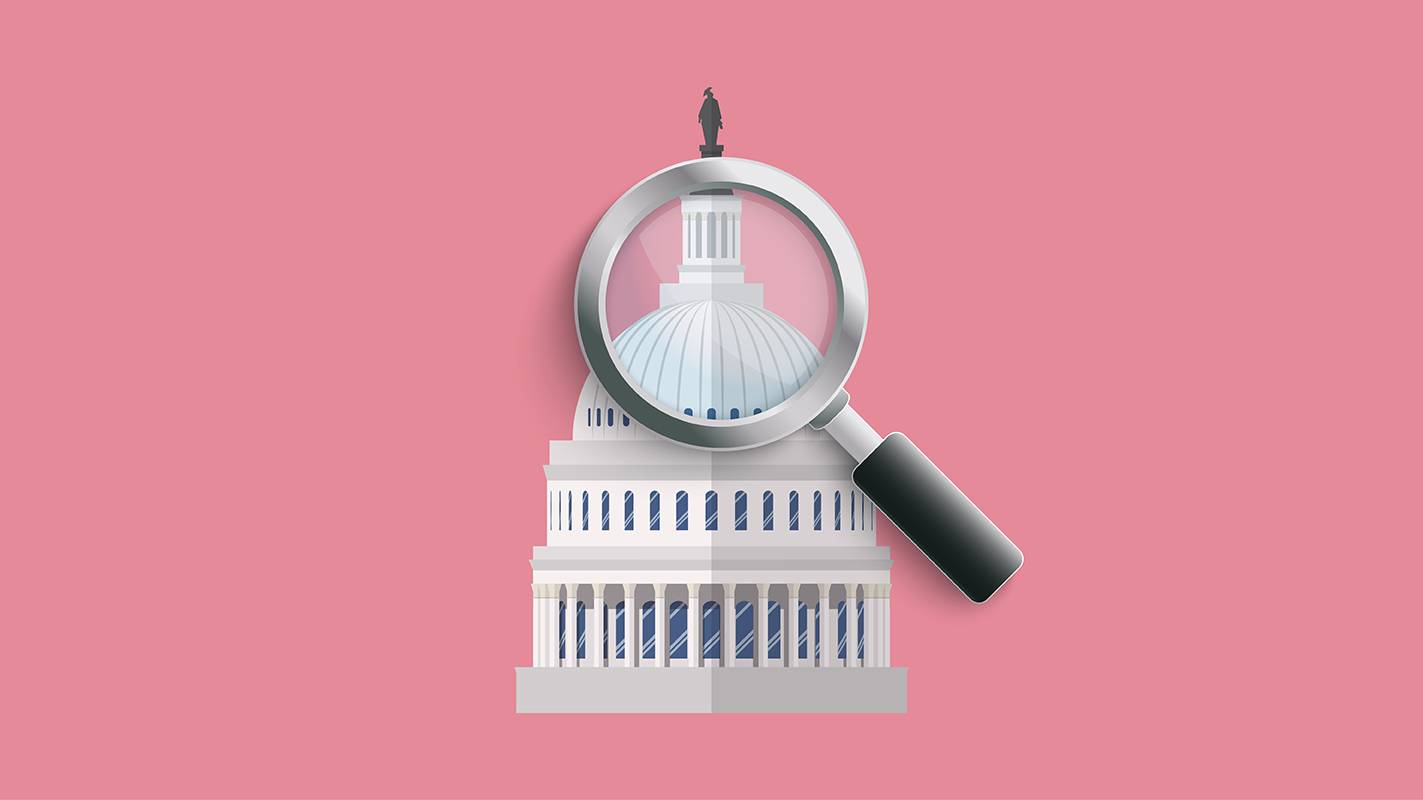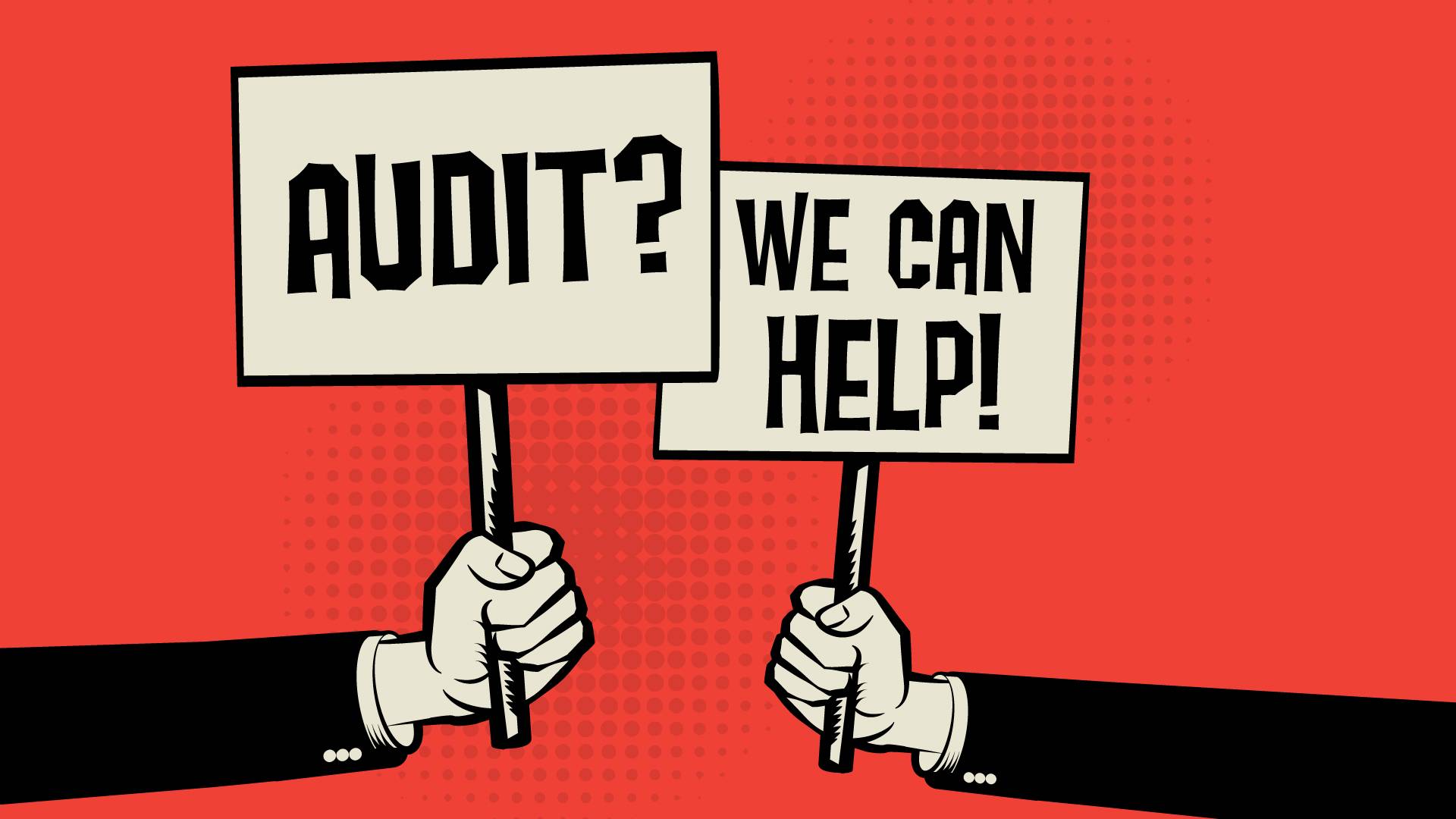

Federal Government Auditing
22 Credits: Auditing (Governmental)
$440.00 – $480.00
Webcasts are available for viewing Monday – Saturday, 8am – 8pm ET.
Without FlexCast, you must start with enough time to finish. (1 Hr/Credit)
Federal Government Auditing
Format
Self-Study
Course Level
Basic
CPE Credits
22 Credits: Auditing (Governmental)
Course Description
Navigating the complexities of federal government audits can be a daunting task for financial professionals, presenting a unique set of challenges that differ significantly from standard auditing practices. This course addresses the problem by offering comprehensive insights into the intricate laws, regulations, and auditing standards specific to federal audits. The agitation lies in the necessity for detailed understanding and the risk of non-compliance in these specialized audits. The solution is provided through a clear, methodical presentation of essential information, including internal control over federal financial reporting, recent developments in auditing standards, and insights into federal financial statements and budgeting. This course is an indispensable tool for any professional engaged in or planning to undertake government audits.
Learning Objectives
Upon successful completion of this course, participants will be able to:
Chapter 1
- List changes of history of federal auditing in the 70s and 80s
- Identify who is responsible for setting the standards for federal audits
- Cite responsibilities of the GAO and CIGIE
- Name publications of the OMB
- Define attestation review and tools used by the Treasury
Chapter 2
- Specify legislation that laid out provisions for tax collection, monitoring of federal records, year-end audits, fraud prevention, and budgetary concerns
- Define terminology under the Single Audit Act
- Name an objective of the GPRA
- List financial management and budget laws that have recently become effective
Chapter 3
- State the current status of federal financial reporting and internal control
- Identify the definition of internal control and the two types of technology-related controls under COSO
- List a provision under OMB Circular A-123, Appendix A
- Specify how to categorize deficiencies when analyzing internal controls
- Define a recent technological development providing an early warning to auditors
Chapter 4
- List phases of the budget cycle and events or timing associated with each phase
- Cite the purpose of the CBO
- Specify how appropriations or other budget authority approved by Congress affects a government agency
- Identify the makeup and procedures of federal accounting
- Define terminology pertaining to federal entities
Chapter 5
- List the hierarchy of GAAP from the FASAB
- Cite regulations that affect how federal entities operate
- Define terms associated with federal entities and their operation
- State items that are presented in financial statements of federal entities
Chapter 6
- Identify a recent trend in auditing standards
- Cite a provision of the GAO’s FAM
- Specify the effects and those affected by SAS 103
- Define terms important to AU-C 600
- Identify the effect of recent guidance on federal audits
Chapter 7
- State something to be aware of when planning a federal audit and list stages of such an audit
- List phases of a federal model audit and what occurs during the different phases
- Cite the content of any of the important assertions for management for an audit
- Define an audit procedure involving an auditor actually witnessing an event
- Identify a best practice for determining which audit procedures to perform
- Specify a requirement or type of audit evidence
Chapter 8
- Identify issues and realities that are important to consider when planning an audit
- Specify a procedure that has been ignored in the past and caused problems in commercial audits
- Define a term that covers goals and objectives as well as the processes that help an entity achieve its goals
- Cite categories of sources of information on federal agencies and specific sources in each category
- Name a good practice to establish a working relationship with the members of a federal agency during an audit
- List a characteristic of an audit team meeting
- State a feature of Gantt charting
Chapter 9
- Identify what type of objective a specific control objective is
- List findings of Congress and the OMB about current and past internal controls relating to both federal agencies and public companies
- Cite legislation responsible for federal agency IT systems and security
- Define terminology related to tone at the top and COSO controls
- Cite activities performed in documentation and planning phases of internal control
- Define a cycle where activities are performed, documentation is created, and data is gathered and reported
Chapter 10
- Specify things to consider when looking at control deficiencies and control risk
- List factors in determining risk
- Name steps in the account-level risk assessment process
- Identify procedures for testing relevant internal controls and finalizing and documenting audit approach
Chapter 11
- Define types of risk related to an audit
- Identify characteristics of substantive tests and testing internal controls
- List procedures for testing controls and deciding which controls should be tested
- Name procedures used in account balance validation
- Define analytical procedures
- Specify advice for using sampling techniques like statistical sampling
Chapter 12
- Identify characteristics of legal representation letters and the final critique of the audit plan and procedure
- Name the set of standards issued by the AICPA to develop and maintain effective quality control
- Cite documentation and staff assignment, supervision, and competence requirements
- List important details of auditor’s reports on financial statements and federal agency’s compliance with laws and regulations
Chapter 13
- Name three security concepts for information security and four factors to consider when evaluating IT risk
- Cite characteristics of OMB Circulars
- List a requirement regarding privacy when performing a federal IT audit
- Define a type of FISCAM control
- Cite a current trend in information assurance in IT audits
Chapter 14
- Identify rules and regulations pertaining to performance audits and their requirements
- List an objective of assessing relative economy and efficiency of an entity’s operations
- Define terminology found in the Yellow Book regarding audits
- Cite guidance concerning the phases and requirements of a performance audit
Chapter 15
- Name a simplified purchasing agreement used to fulfill an agencies repetitive service and supply needs
- Define a formal request to the Treasury to make specific payments to contractors
- Identify types of grants and the organization authorized to monitor said grants
- State requirements or characteristics used to analyze grant activity
Chapter 16
- Specify standards required by Yellow Book for attestation engagements and how they may differ from AICPA rules
- Identify a type of statement found in an attestation report
- Define characteristics of agreed-upon procedures
Course Specifics
5146001
January 5, 2024
There are no prerequisites.
None
508
Compliance Information
CFP Notice: Not all courses that qualify for CFP® credit are registered by Western CPE. If a course does not have a CFP registration number in the compliance section, the continuing education will need to be individually reported with the CFP Board. For more information on the reporting process, required documentation, processing fee, etc., contact the CFP Board. CFP Professionals must take each course in it’s entirety, the CFP Board DOES NOT accept partial credits for courses.
Related Courses
-
 Auditing (Governmental)
Auditing (Governmental)
Improving the Auditor and Auditee Relationship
Sefton Boyars & William T. Allen QAS Self-Study
Credits: 2 $58.00
QAS Self-Study
Credits: 2 $58.00$58.00 – $78.00
-
 Auditing (Governmental)
Auditing (Governmental)
OMB Uniform Guidance Administrative Rules
Sefton Boyars & William T. Allen QAS Self-Study
Credits: 8 $232.00
QAS Self-Study
Credits: 8 $232.00$232.00 – $262.00
-
 Auditing (Governmental)
Auditing (Governmental)
Uniform Guidance Cost Principles
Sefton Boyars & William T. Allen QAS Self-Study
Credits: 6 $174.00
QAS Self-Study
Credits: 6 $174.00$174.00 – $204.00

